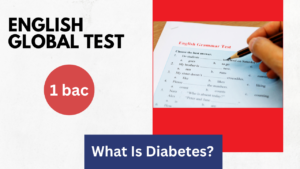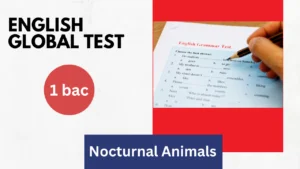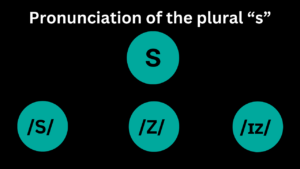Introduction

Language is a remarkable tool that allows us to convey our thoughts, emotions, and experiences. At the core of any sentence lies the interplay between two essential word classes: nouns and verbs. In this article, we will explore the significance of nouns and verbs in English, showcasing how they bring life and meaning to our expressions.
Word Classes: Nouns: The Pillars of Language
Nouns are the pillars of language. They form the foundation of our language. Nouns represent people, places, things, or ideas. They provide the names of the entities we encounter and enable us to communicate effectively. They can be tangible objects like “books” and “tables,” or abstract concepts like “love” and “freedom.” Nouns give substance to our conversations. They also have the ability to be singular or plural. They can also be possessive and serve as subjects or objects in sentences, making them versatile and adaptable.
Word Classes: Verbs
Verbs, on the other hand, infuse our language with action, movement, and expression. They represent the various actions, states of being, or occurrences within a sentence. Verbs bring life to our sentences. They enable us to describe activities, emotions, or events. Verbs represent simple actions like “run,” “eat,” and “sleep,” in addition to more complex states of being like “love,” “believe,” and “exist.” They allow us to communicate our experiences and intentions. Verbs can also change form, depending on tense, aspect, mood, and voice. Hence, they add depth and specificity to our language.

The Interplay of Nouns and Verbs
Nouns and verbs work in harmony. Each depends on the other to create meaningful expressions. Nouns provide the subjects for verbs to act upon, while verbs give life and purpose to nouns. Together, they form the backbone of sentences. They allow us to communicate ideas, describe events, and share our experiences.
Understanding the relationship between nouns and verbs is crucial for sentence structure and comprehension. By recognizing the roles of nouns and verbs within a sentence, we can construct grammatically correct and coherent expressions. For example, a subject noun followed by an appropriate verb allows us to convey an action or state of being. Additionally, nouns and verbs can be modified by adjectives and adverbs, further enhancing our ability to describe and convey meaning effectively.
Conclusion
Word classes of nouns and verbs are the dynamic duo of language. They work together to create meaningful and expressive sentences. Nouns provide the names and substance, while verbs infuse the language with action and meaning. Understanding the roles and functions of nouns and verbs empowers us to construct clear and impactful sentences, which enables effective communication and comprehension. As we continue to explore the vast landscape of language, we get more informed about the power and synergy of these fundamental word classes. They enable us to convey our ideas, thoughts, and emotions with precision and clarity.






